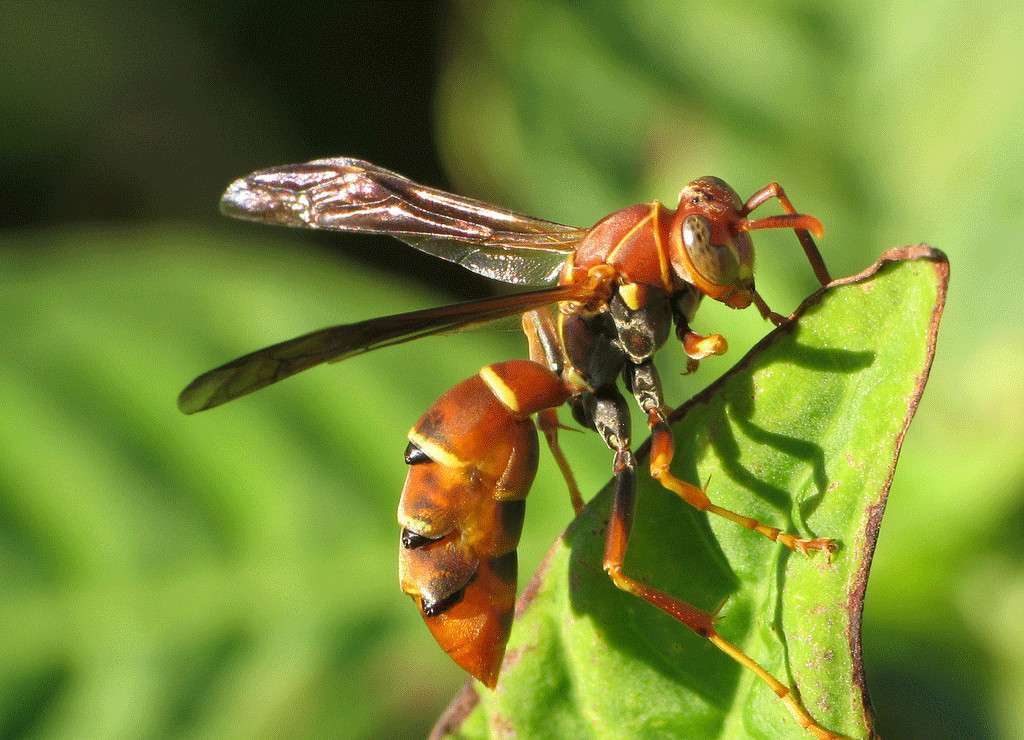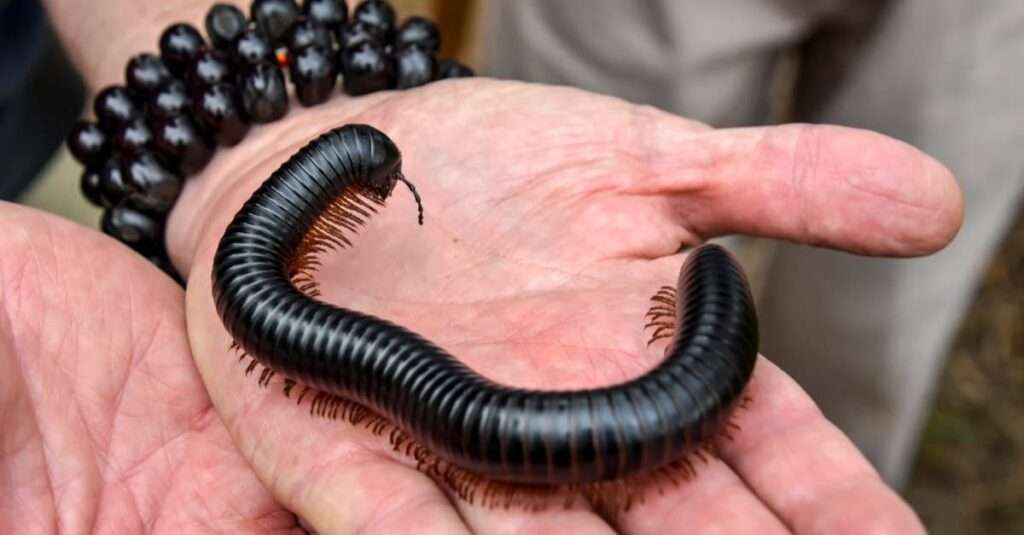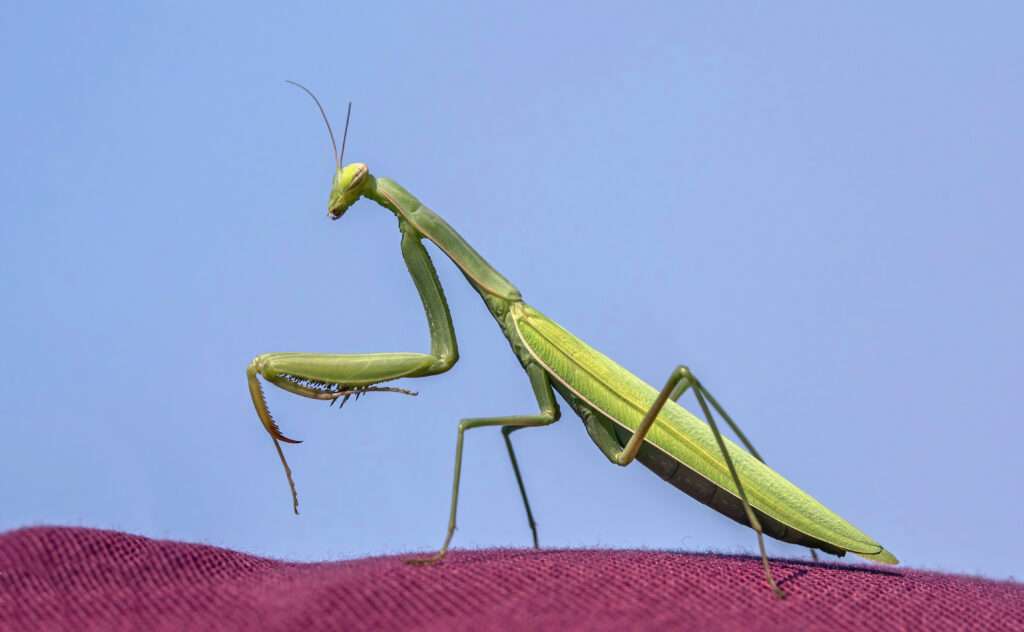
An order of insects known as the Strepsiptera has eleven living families and 600 or so documented species. They live inside other insects like bees, wasps, leafhoppers, silverfish, and cockroaches as endoparasites. Most species’ females enter their hosts’ bodies and never leave them again, eventually dying inside the host. The early-stage larvae must find an unoccupied living host in order to emerge, and the short-lived males must also emerge in order to find a receptive female in her host. They are thought to be most closely related to beetles, from which they split off 300–350 million years ago, but they didn’t start showing up in the fossil record until the middle of the Cretaceous, which was around 100 million years ago.
The closest thing to a popular name the order has that is known to non-specialists is stylops. In addition to the common names twisted-wing insects and twisted-winged parasites, the name of the order translates to “twisted wing.”
Appearance
Males
The mouthparts of Strepsiptera males cannot be used for feeding, but they do have wings, legs, eyes, and antennae. Many have sensory structures added to their mouthparts. The males appear to outsiders to be superficially similar to flies. Small club-shaped structures called halteres, which are adapted into the forewings, are used to sense gyroscopic data. In contrast, the hindwings of flies are altered. It is believed that the two groups independently evolved the structures. Flies also have a comparable organ. The venetian on the hind wings is severely diminished, and they are typically fan-shaped. The antennae are flabellate and include specialized chemoreceptors that may presumably detect females from a great distance.
Females
Except for Mengenillidae and Bahiaxenidae, all modern strepsiptera families and 97% of all described strepsiptera species’ females fall under the genus Stylopidia, which is neotenic in form, lacks wings, legs, and eyes but has a well-sclerotized cephalothorax. Females of Stylopidia are not known to leave their hosts (fused head and thorax). Although adult female mengenillids lack wings, they are free-living creatures that are only moderately mobile and have legs and small eyes. Although this has not been observed, it is likely the case for bahiaxenids as well.
Larvae
The average length of freshly hatched primary (first instar) larvae is 230 micrometers (0.0091 in), which is lower than the size of many single-celled creatures. They can discern between colors and have highly developed stemmata eyes. The larvae can adhere to damp surfaces through capillary action thanks to the tiny hair-like structures (microtrichia) that cover the bottom of the body. The larvae can jump thanks to well-developed, massive cerci that resemble bristles and are attached to muscles at the back of the body. They may cling to their hosts thanks to features on the tarsal portion of their legs. Inside the host, later larval instars grow and are wholly immobile.

Feeding
Endo- (internal) parasitoids of a variety of insects including larvae and female strepsiptera species. They consume nutrients from the blood and non-vital tissues inside the body cavity of the host. Male stylopidae lack feeding behavior and have smaller mouthparts.
Habitat
Despite being widely spread across a variety of environments, strepsiptera are exceedingly elusive. Many species are identified from the free-living males that have fallen into traps; to collect the female, a parasitized host must be found and collected.
Life Cycle
By emitting pheromones from the location they occupy on their host, female Strepsiptera entice males (i.e. only their head protrudes from their host). Sperm enters the bodily cavity directly after passing via a hole in the female’s head (haemocoel). The female then gives birth to several active, first-instar triungulin larvae, which are released right outside the host.
In quest of a suitable host, they drop to the ground or land on plants and begin to crawl. In contrast to hymenopteran hosts, where the larvae can climb onto blossoms and be brought back to their nest by bees or wasps, immature homopteran hosts must be directly located by the larvae. Through joints or sutures, the strepsiptera larva enters the larval or nymphal insect host. After that, it molts (hypermetamorphosis) into a second-instar larva with reduced mobility that resembles a grub and lacks a definite head, set of legs, or antennae. Inside the body cavity of its host, the larva continues to grow and shed its skin. While the adult female stays larva-like inside the host after pupation there, the winged male leaves and flies off in search of a mate.
Table





